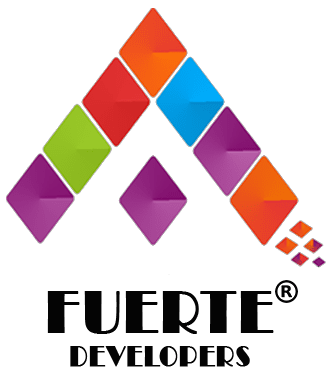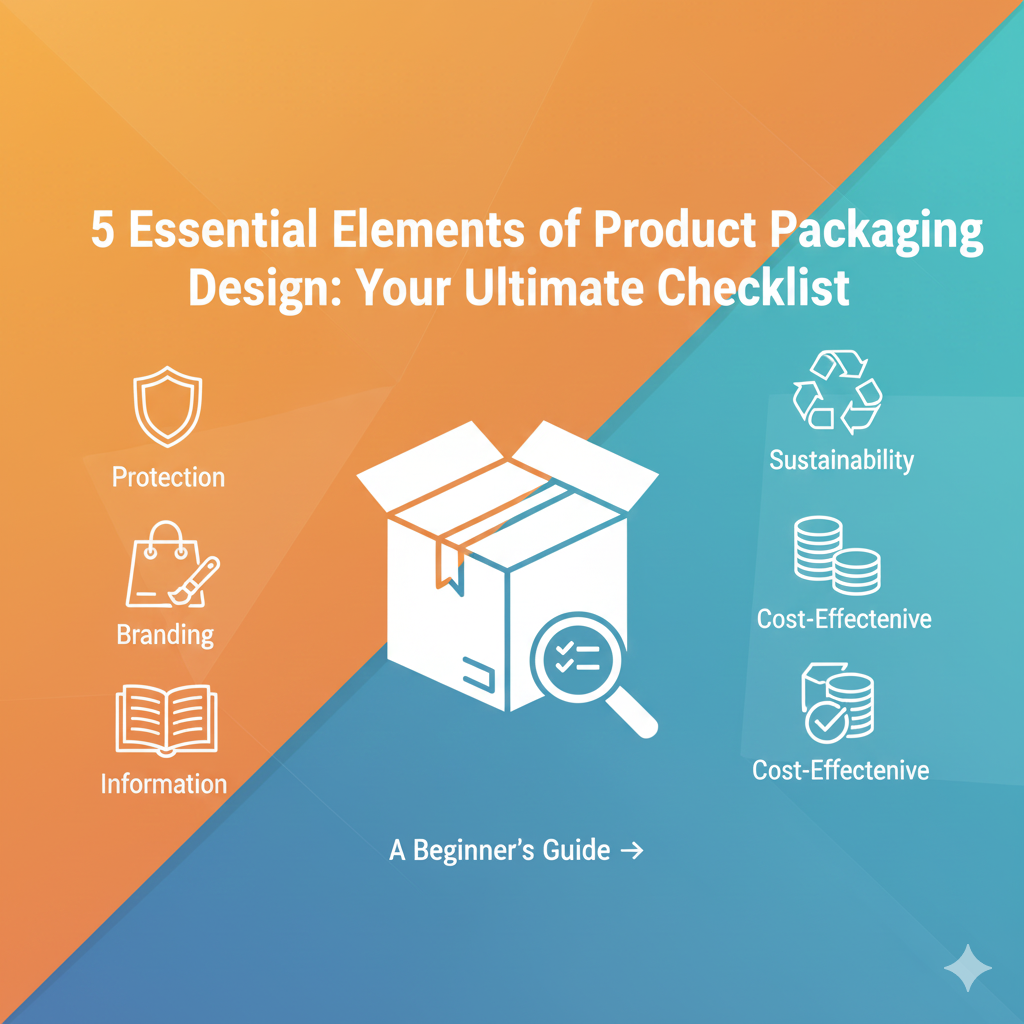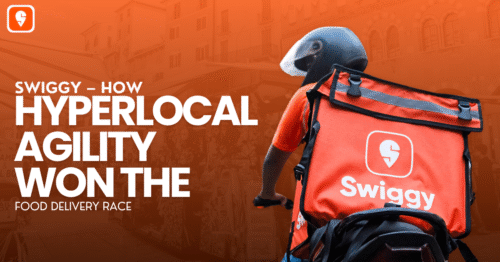I. Introduction: Your Product’s First Impression
In a crowded retail store or on a fast-scrolling e-commerce page, your product packaging is often the first (and sometimes only) chance you have to grab a customer’s attention.
For beginners and small business owners, the packaging design process can feel overwhelming. Do you focus on cost, looks, or safety?
The good news is that successful packaging design can be broken down into five fundamental, non-negotiable elements. Use this checklist to ensure your packaging not only looks great but also performs its critical function for your business.
Element 1: Protection & Functionality (The Practical Core)
The primary job of any packaging is simple: Get the product to the customer safely. If the product is damaged, nothing else about the design matters.
Checklist for Protection:
- Is it Robust? Can the box/container withstand stacking, bumps during shipping, and general handling?
- Is it Product-Appropriate? (e.g., Is your glass jar securely cushioned? Is your food item sealed against air/moisture?).
- Is it Easy to Open? The consumer experience shouldn’t involve scissors and excessive frustration (avoid “wrap rage”).
- Is it Easy to Store? Consider the customer’s pantry, shelf, or cabinet. Does the shape make sense?
Beginner Tip: Don’t start with aesthetics. Start with function. Test your packaging by dropping it or shaking it vigorously before investing in a full production run.
Element 2: Branding & Aesthetics (The Visual Identity)
This is the element that tells your story, differentiates you from the competition, and evokes the right emotional response.
Checklist for Branding & Aesthetics:
- Is Your Brand Identity Clear? Is your logo visible? Do the colors and typography match your brand’s overall messaging (e.g., minimal for luxury, bright colors for fun/kids)?
- Is it Visually Appealing? Does it stand out on a shelf next to competitors?
- Does it Communicate the Product? Can a customer instantly tell what the product is and what it does just by looking at the packaging?
- Is it Consistent? If you have multiple products, do they look like they belong to the same family?
Beginner Tip: Choose one key differentiator (a unique color, an unusual texture, or a powerful tagline) and make it the focal point of your design.
Element 3: Information & Compliance (The Non-Negotiables)
Information ensures safety, guides the customer, and meets all legal requirements—which vary significantly by industry (food, cosmetics, electronics, etc.).
Checklist for Information & Compliance:
- Is All Mandatory Information Included? (Weight/Volume, Expiry Date, Ingredients list, safety warnings, and country of origin).
- Are Instructions Clear? (How to use, store, assemble, or charge the product).
- Is it Legible? Is the font size and contrast large enough to be easily read by the average customer, even in poor lighting?
- Are Barcodes/SKUs Correctly Placed? (For retail and inventory tracking).
- Is Contact Information Present? (Website, customer service email, or address).
Beginner Tip: Consult the regulations for your specific product industry early. Legal compliance is a design constraint, not an afterthought.
Element 4: Sustainability & Ethics (The Modern Imperative)
Today’s consumers vote with their wallets, and they increasingly favor brands that demonstrate environmental responsibility.
Checklist for Sustainability:
- Is the Material Recyclable, Reusable, or Biodegradable? (Highlighting this adds value).
- Is Packaging Minimized? Are you avoiding unnecessary layers or excessive empty space (air)?
- Does it Use Recycled Content? (e.g., using post-consumer recycled paper).
- Is it Easy for the Customer to Dispose Of? If it has many different materials (plastic, paper, metal), it’s harder to recycle. Simplicity is key.
- Do Your Ethical Claims Have Proof? (e.g., Fair Trade logos, organic certifications).
Beginner Tip: Start with small, practical steps, like switching from plastic filler material to recyclable paper shreds, and communicate that effort honestly on the package.
Element 5: Cost-Effectiveness & Production (The Business Reality)
The best design in the world fails if it bankrupts your business or cannot be produced efficiently at scale.
Checklist for Cost & Production:
- Is it Within Your Budget? Calculate the cost per unit, including material, printing, and manual assembly time.
- Is it Efficient for Shipping? Heavy or unusually shaped packaging drastically increases logistics costs (which impacts your profit margin).
- Is it Easy to Manufacture? Complex folds, custom dies, or specialized printing techniques significantly raise production costs.
- Is Assembly Time Minimized? If your team has to spend 5 minutes folding and taping each box, your labor costs will soar.
Beginner Tip: Simplicity in structure and color (e.g., one or two colors instead of four-color printing) often reduces production cost dramatically.
Conclusion: Your Packaging Design Journey Starts Here
Product packaging is a powerful, silent salesperson that protects, informs, and sells. By using these 5 essential elements as your design checklist, you move beyond guesswork and create a product presentation that is professional, profitable, and impactful.







